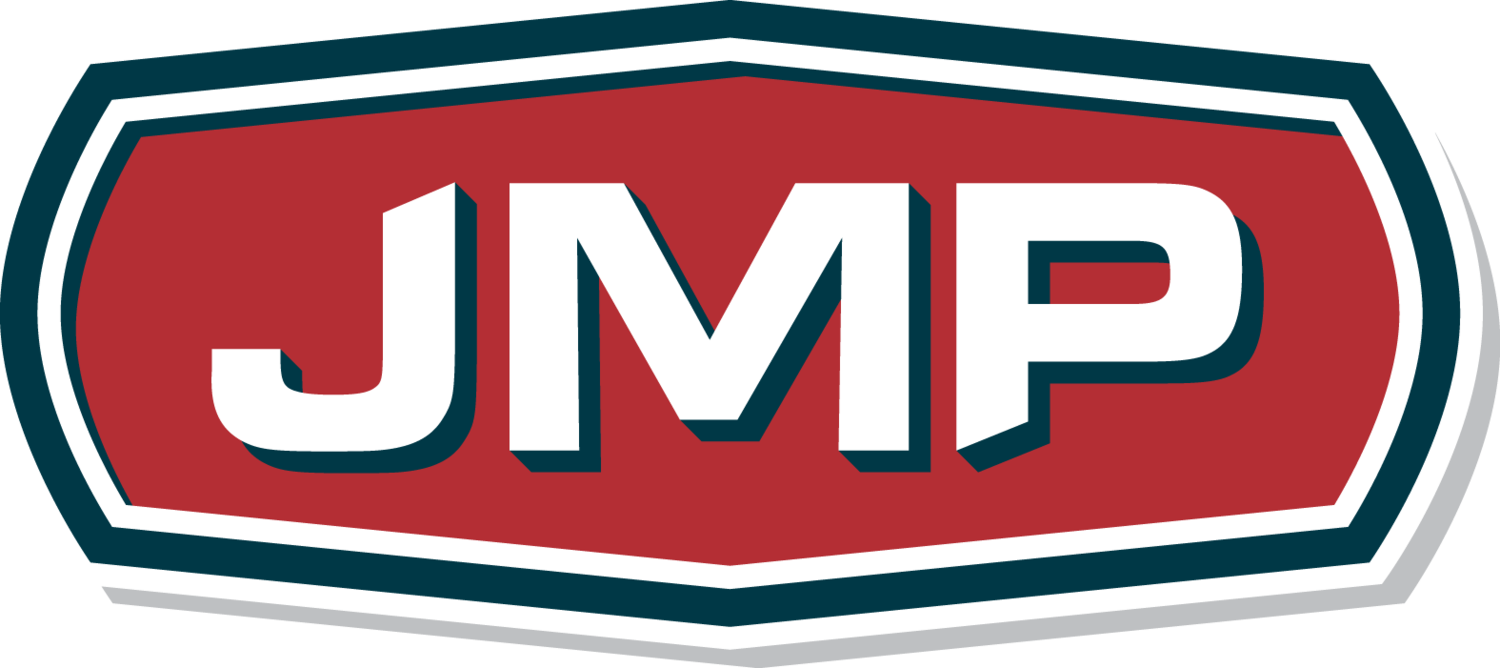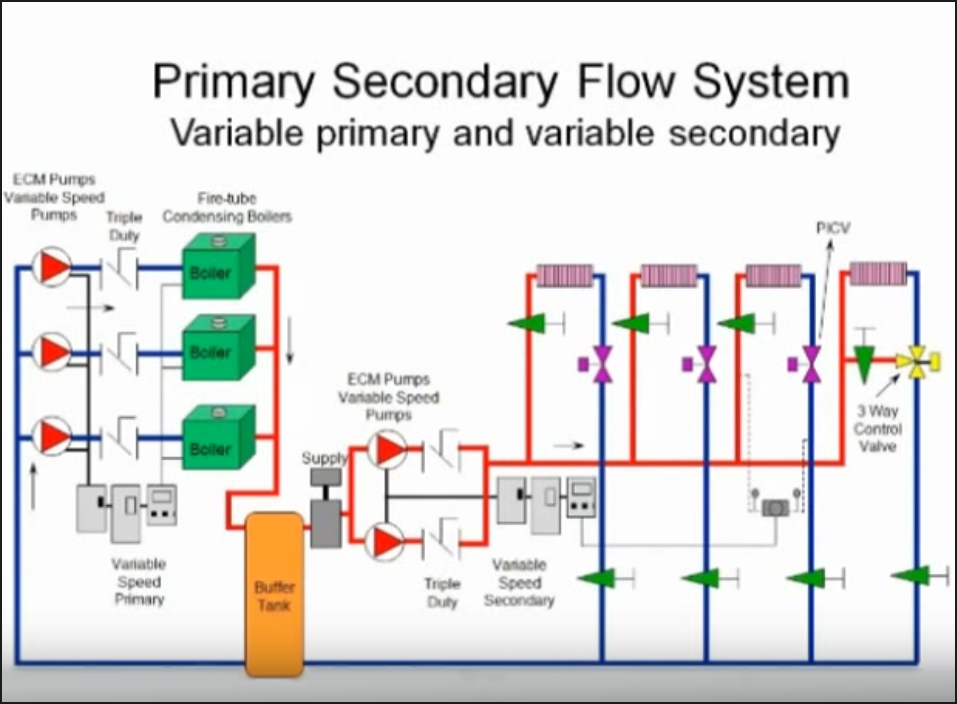Modern Pump Selection Part 5: How the System Curve Moves
/Effective and efficient pump selection demands a thorough understanding of the system curve and how it reflects what happens in the actual system. This is especially true in today’s variable speed systems. It’s so important that even though we’ve touched on it many times before, we are going to “hit pause” in this series to focus specifically on ...
Read More






